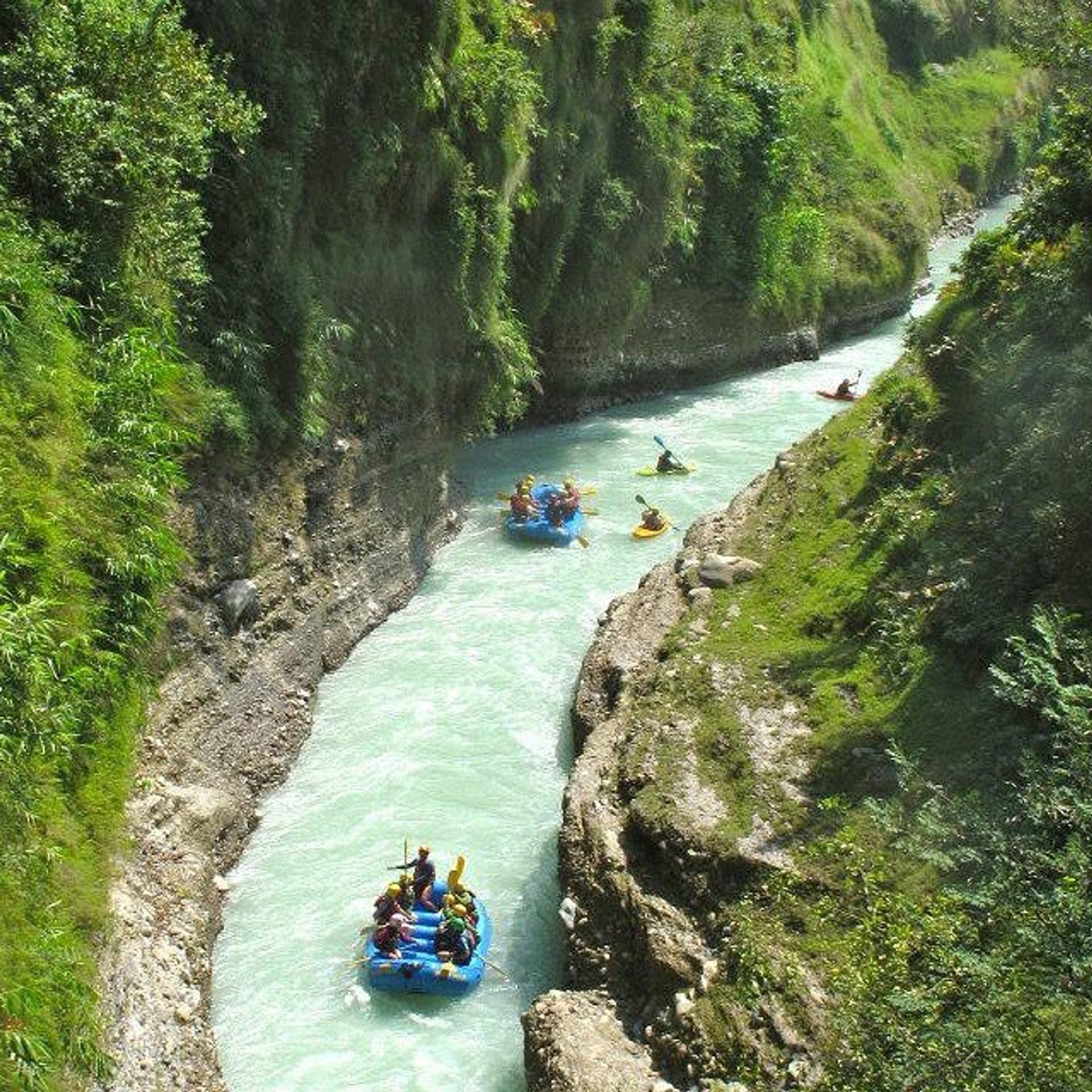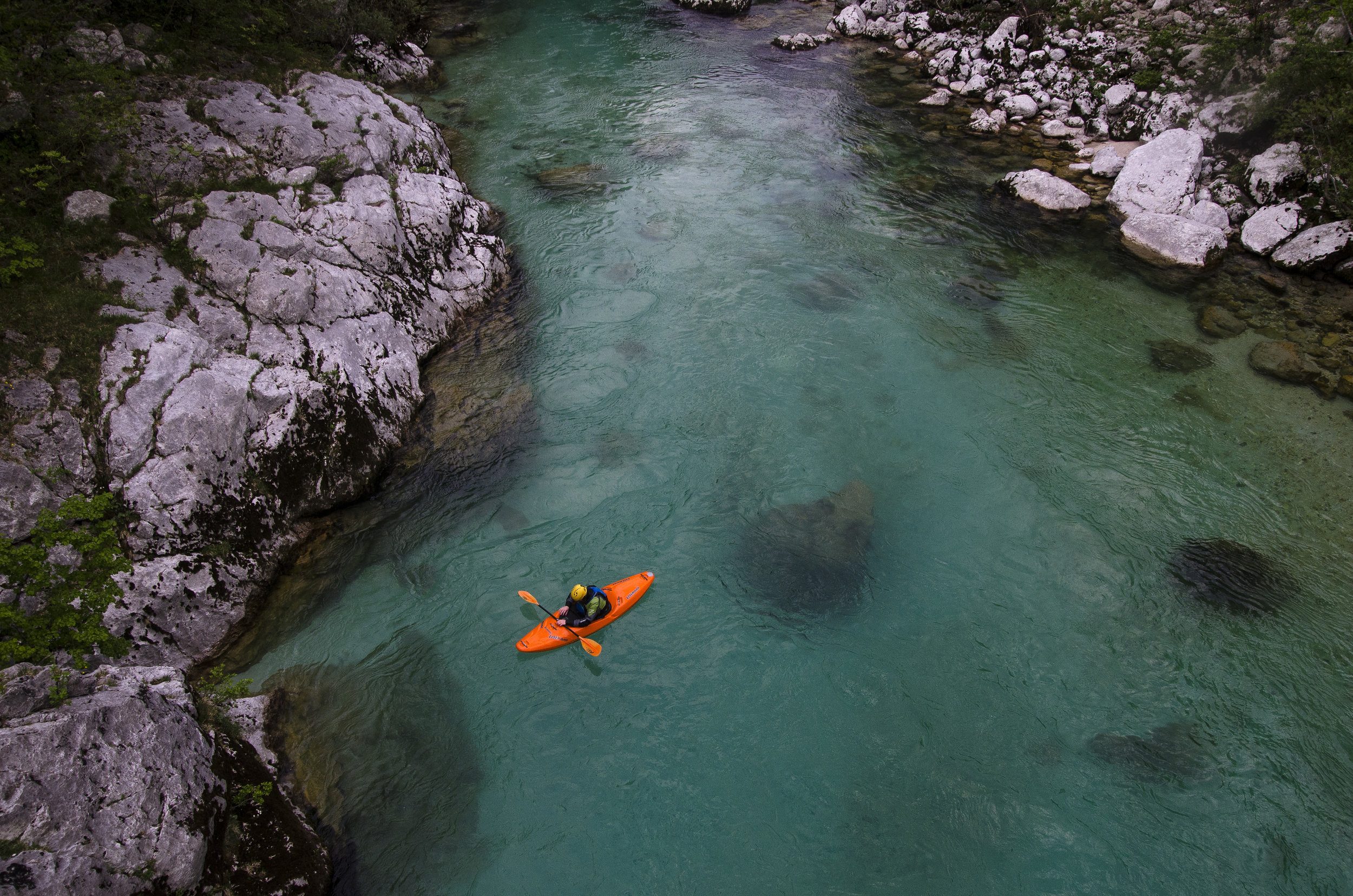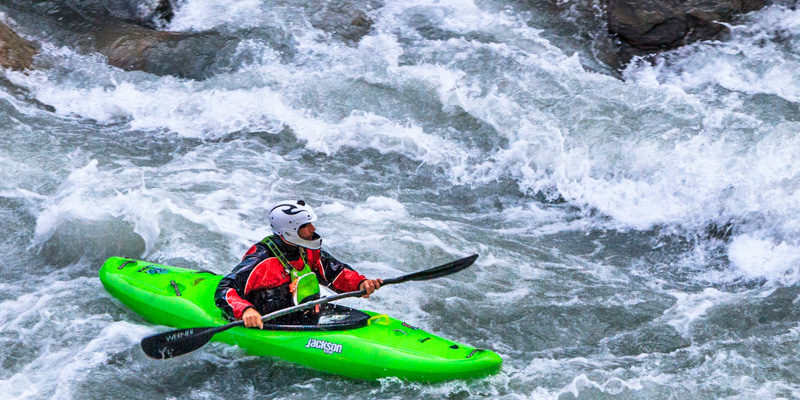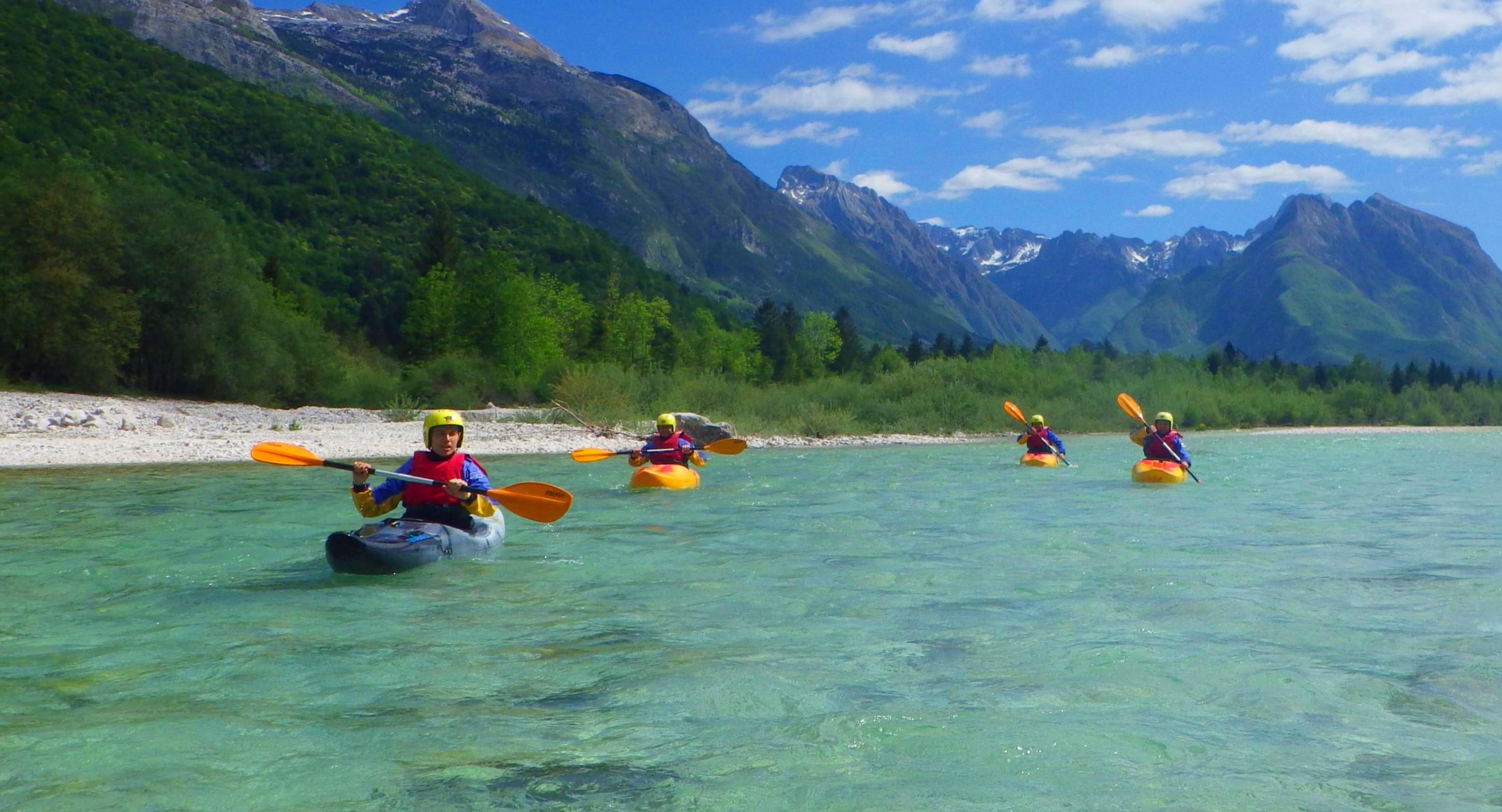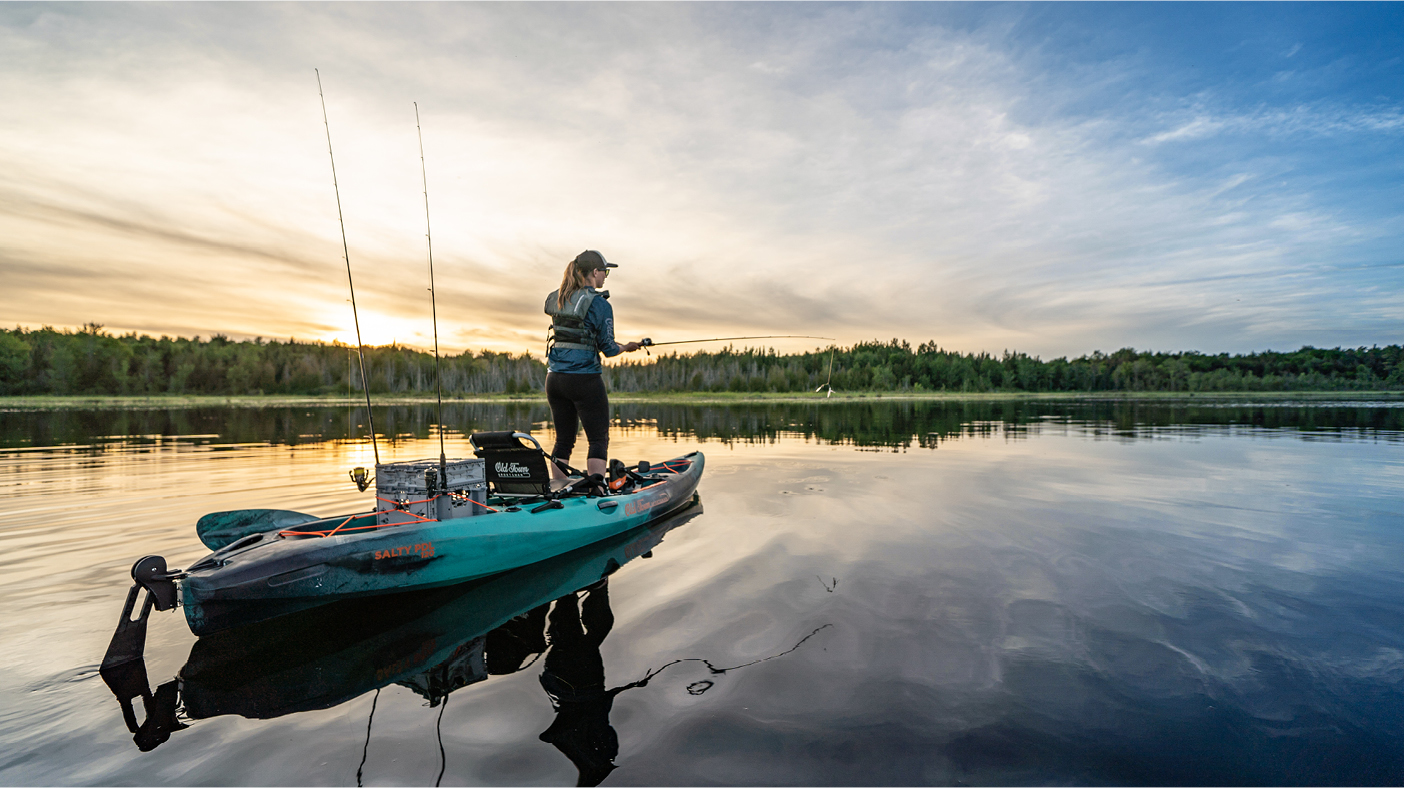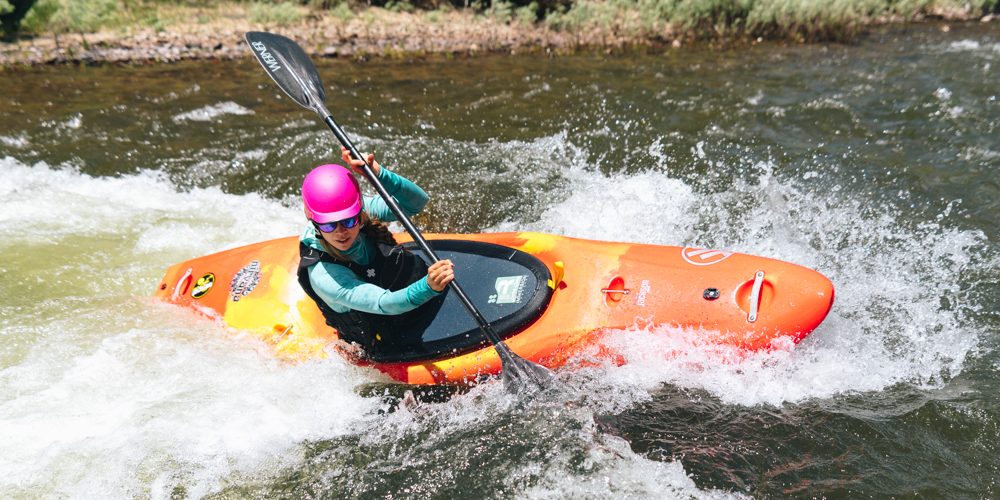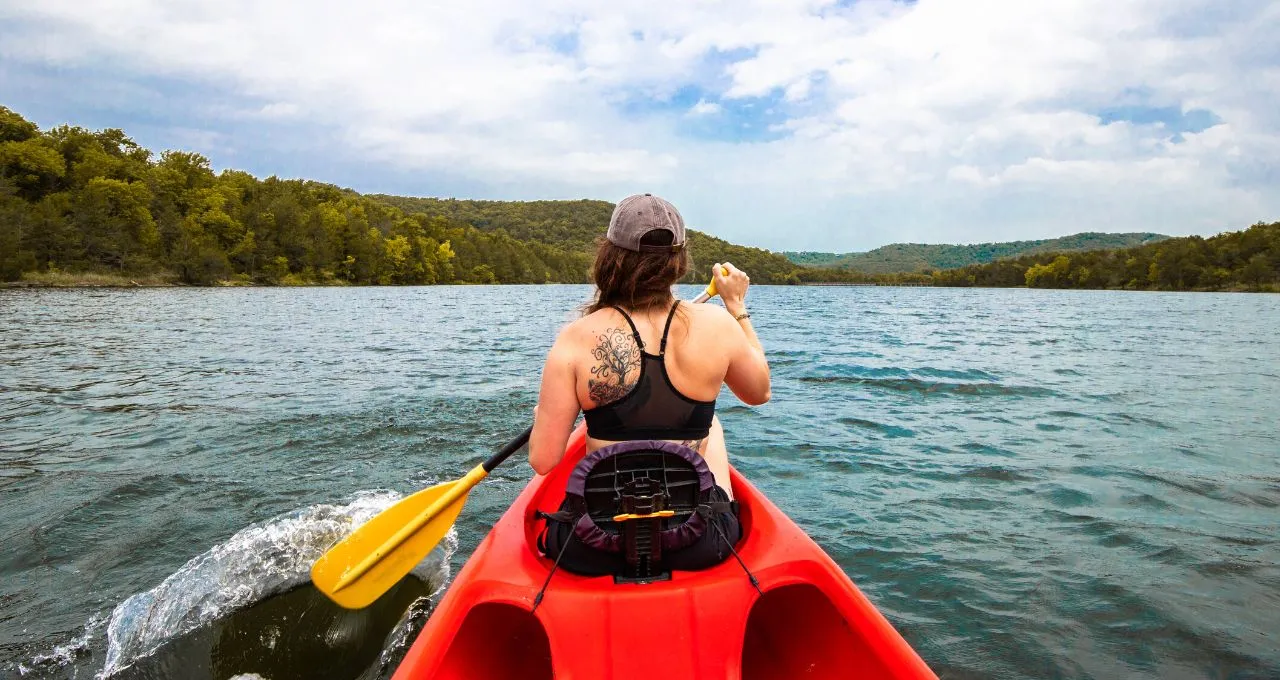
Find Nepal's Culture On Its Rivers
Janey runs River and Soul Adventures in Nepal with her partner, Callum. As you read through this inspiring piece, it will become clear how lovely the country is!
After researching what they do, I realized it is easy to find Nepal's culture in its rivers. I could do a guest post for them! In the Himalayan wonderland and culturally rich country of Nepal, they offer what would be a once-in-a-lifetime trip on my bucket list.
Calum and Janey visited Nepal for the first time at a young age, and since then, they have returned numerous times. Working in the outdoor industry worldwide, they combined their passion for paddlesports, adventure, comfort, and authentic experiences to create their company. The company specializes in comfort whitewater expeditions in Nepal. They are the best people to travel with to Nepal! Enjoy this piece; I'm sure you all will.
Nepal's Rivers Have Culture To Offer
Even though Nepal is a small country, it has a rich and diverse culture unlike anything else I have encountered. There are mammoth temples, ancient stupas, thousands of mystical monasteries, and millions of shrines, but the people make it all come together. The traditions they practice and the folk tales they share make their culture thrive.
There are some of these sights in Kathmandu, but it's a tourist trap. So many 'fake monks' dress up to charge for photos and ask for 'donations. Kayaking and whitewater rafting are the two best ways to travel to Nepal and experience its culture.
There's something so special about this place, so different from anywhere else. The thrill of whitewater is not the only thing that draws me here. People bring back great stories, and paddling in Nepal takes you away from everything. Once the traffic stops, the people will diminish, and the only sounds you will hear above the rushing water will be bird songs and monkey calls. The culture of Nepal awaits you when you paddle its rivers and steer away from the tourists.
Kayaking On The Whitewaters Of Nepal
There are over 6000 rivers in Nepal, not to mention monsoon rains every year. But what happens when all these things are combined? World-class whitewater rafting! The rivers in Nepal are genuinely whitewater paradises. Large, warm rivers surround the area. There will always be a river that you can call home, no matter your skill level.
Nepal is almost exclusively an expedition paddling country. On a single river, you can float for days, even weeks at a time, taking in the sounds of the Nepalese jungle, gazing behind you at the towering snow-capped peaks of the Himalayas, and gazing forward at the frothing whitewater of the crashing river. You will spend your nights on secluded river beaches, sharing a beer with a group of friends around the campfire while you tell stories and gaze at the stars.
When planning your first expedition, you'll probably want to work with a specialized tour company, such as River and Soul. They will handle everything for you. They offer whitewater equipment, food, transportation, guides, and a pack raft to carry all your gear so that your kayaks remain light.
Kayaking In Nepal
Air travel is the most common way to travel to Nepal. Kayaks can be challenging to get on an airplane, but you don't have to worry! In Nepal, you can rent kayaks from many different companies. Because Nepal is an expedition-style river, there aren't many playboats.
You'll often be paddling for days, carrying lots of equipment, and finding big eddy lines that you'll have to cut through. It is easy to pack a kit in a creek boat, and they have a lot of volumes, so they are helpful for long distances and navigating broad eddy lines. While in Nepal, creek boats are the boat of choice.
Nepal almost always imports second-hand kayaks, and they've probably been through several owners by the time you obtain them. If you want to be comfortable in the boat, it's probably worth bringing some gear!
The River Culture Of Nepal
You are likely to put on the river high up in the Himalayan foothills. The country changes as you approach the Indian border. While on the Sun Koshi and Karnali expeditions, where you spend eight days on the river, the mountains gradually diminish from towering peaks to open flat land as you approach the border between Nepal and India.
As you paddle downstream, the landscape changes as well. There were 73 kingdoms in Nepal, and each had its own culture, language, and king. A war was started in 1740 by the king of the Gorkhas to unify the kingdoms, and he ruled over each domain, so we have Nepal today.
Although the borders of the kingdoms changed, their cultures remained the same. Nepal still has dozens of dialects spoken today, with locals often familiar with several. You pass through these various kingdoms as you paddle downstream, and the houses, temples, and lifestyles are all different. Nepal is one of the most religious and superstitious countries globally, and only the Hindu religion has official status there. Buddhism has a powerful presence in Nepal. After all, this is the country where Buddha was born.
On either side of the river, you'll often see temples and statues dedicated to the gods. Be sure to visit the first one you see on the river to bless your journey. There are a few rivers with the names of deities. Kali Gandaki is my favorite, named after the goddess of destruction, Kali!
I must mention the statues of Lord Shiva. When you walk down the beach to scout the next rapid, you'll find him sitting on the enormous boulder, watching the raging river. If you opt to use a tour company, you'll have a team of local guides with you. You'll be in the water with them, providing safety, showing you lines, and powering the pack raft.
The evenings will be spent making food, telling stories, and making you laugh! I highly recommend getting to know them and hearing their stories. It is common for them to want to practice their English, and they will be happy to speak with you. Many of the guides grew up along the river banks where they now guide. They were born in villages along the river to families dependent on subsistence farming, meaning they only grew enough to eat and did not have a lot of money to spend.
They skipped school to come to play in the river and watch rafting and kayaking groups come by (even today, you can still see kids swimming down the rapids with bags of empty water bottles). Then they would head to where groups were camping to go kayaking. Once a company thought they were good enough, they offered them an apprenticeship and took them to Kathmandu or Pokhara to learn to be river guides!
It's always the evenings around the campfire with these guys that I look forward to after a long day. The best happens when they start singing. They fill the air with the sound of music, using barrels for drums and engaging in a traditional singing battle .' You don't need to understand their language to feel the music they create!
On the river banks are often villages and towns full of curious onlookers. In most cases, you'll camp near a city on one of your nights. Don't miss the chance to explore! A local river guide will happily translate for you if you have one with you. You might even receive a cup of freshly brewed tea in someone's home!
You might even be lucky enough to find someone opening a bottle of Raksi, a local rice wine that is effectively moonshine. Almost every household produces this beverage. You'll get a nice drink if you make it, and a very alcoholic one if you want it. Only you can tell! My expedition whitewater kayaking trip in Nepal was a sensational experience, and I can't wait to go back.
Nepal has some of the world's best whitewater. You return home with more than just adventure tales; you take a piece of its culture and soul with you. The logistics may be challenging if you do it alone, but the payoff is incredible. Who would have thought paddling the rivers would reveal the culture?


